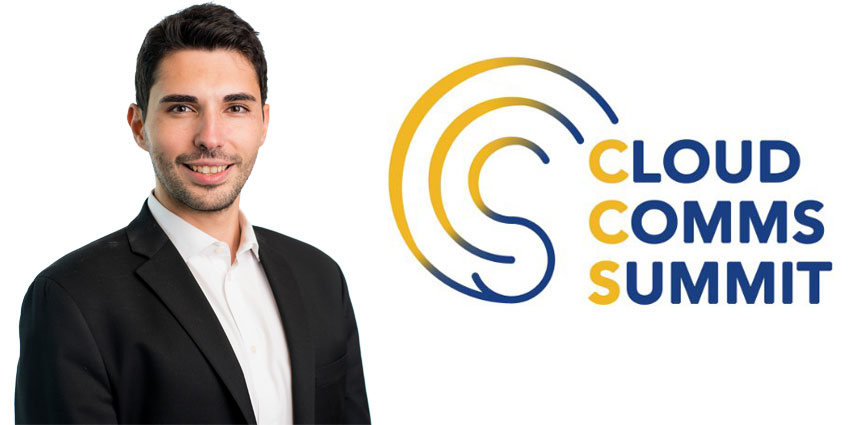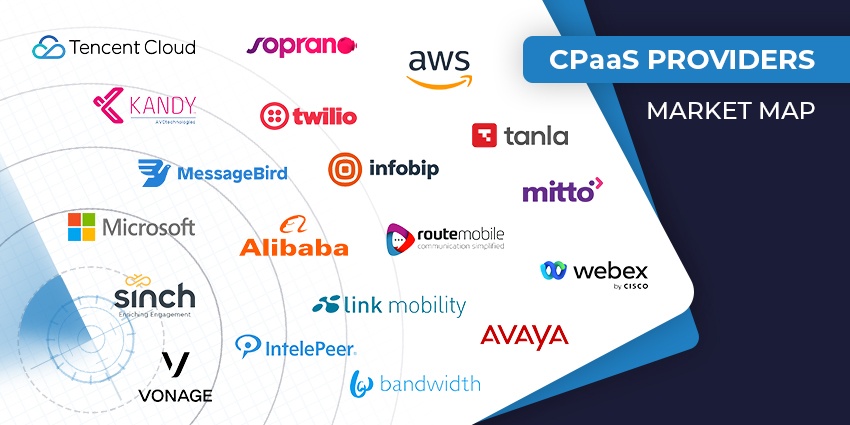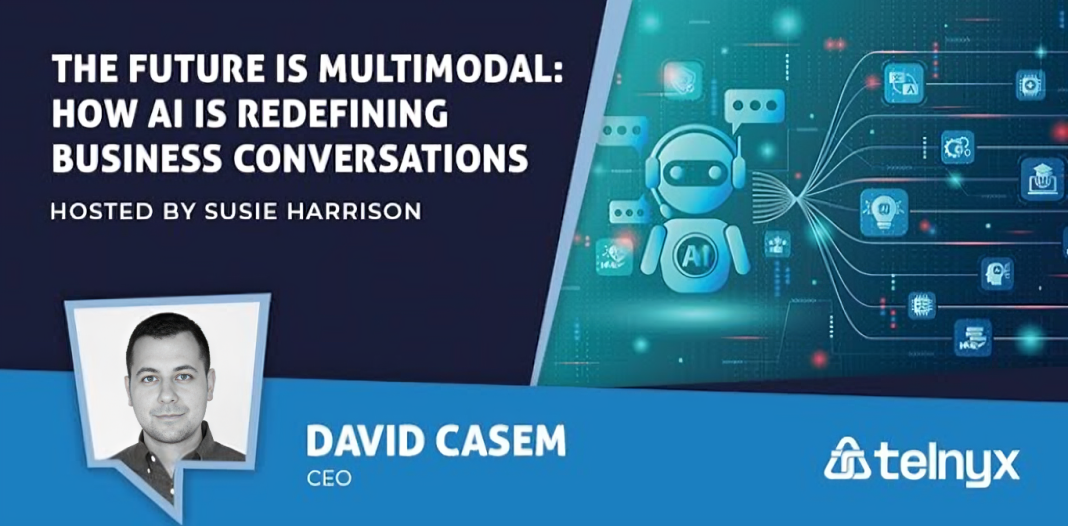At this year’s Cloud Comms Summit USA 2019, I had the opportunity to speak with many leaders in the communication and collaboration space. I was also able to attend several discussions offering an insight into the trending technology of the UC space. One particularly interesting panel hosted by Fazil Balkaya, discussed the concept of driving enterprise consumption of APIs. Fazil is an Analyst & Consultant for Cavell Group.
Fazil brought together speakers from Voxbone, Ribbon Communications, Bandwidth, Vonage, and AT&T to discuss CPaaS, and API integration. Following the panel, I was keen to get Fazil’s behind-the-scenes insights on the API environment, how new solutions like CPaaS are changing the way that enterprises access new technology and how providers today approaching delivery .
How is the API and CPaaS Market Growing?
In his panel, Fazil drew attention to the fact that the CPaaS market has been growing over 40% year-over-year and in Q2’19 only, CPaaS market has experienced a double digit QoQ growth, and CPaaS market is bound to exceed $2 Billion in 2019. However, the APIs that we know and use today are very different to anything that service providers have had access to before. Balkaya told me that APIs as we know them today are often described as “CPaaS”, but different people identify CPaaS in different ways.
Some firms see CPaaS as telecommunications offerings that have been bundled into a consumable, cloud subscription-based model with APIs. “However, CPaaS doesn’t have to be limited to telecommunications alone. It can also include other digital tools and applications too, like WhatsApp, e-mail and collaboration streams.”
Crucially, the full range of representatives that Fazil brought with him into his panel showed that there are many different ways to deliver APIs and CPaaS in the current market. The fact that there’s so much flexibility in this space makes it difficult to everyone to agree on how companies can go about driving adoption for this technology.
What Kind of Different Providers Do We Have Today?
 Each company offering CPaaS and APIs in the communications space today seems to have its own unique approach on how to make the most of the technology. The approach of a business like Twilio is very different to the approach you get from a brand like RingCentral. For instance, RingCentral is using APIs to help customers access a range of tools like RingCentral Office. As Fazil told me:
Each company offering CPaaS and APIs in the communications space today seems to have its own unique approach on how to make the most of the technology. The approach of a business like Twilio is very different to the approach you get from a brand like RingCentral. For instance, RingCentral is using APIs to help customers access a range of tools like RingCentral Office. As Fazil told me:
“RingCentral isn’t taking a consumption-based approach, and this might be a good thing for them. If they were trying to go consumption based, they would potentially end up cannabilising their existing business offerings. RingCentral would need to go to market with a SMS only or SIP Trunking oriented packages if they wanted to implement CPaaS, which they don’t have yet. On the other hand, 8×8 and other brands are competing directly with Twilio and Vonage on a more consumption-based model.”
Balkaya also noted that there are other models out there too, like the kind of CPaaS and API solutions brought to market by Bandwidth. “The typical go-to-market option for Bandwidth targets service providers, and the company is focusing on complementing the offerings of existing SPs with APIs. They’re not necessarily a direct-enterprise play, although they are adding SMS and other tools to existing offerings. Now that Bandwidth are starting to explore the enterprise more, they will be competing more with Twilio and Nexmo, which highlights how competitive this space is.”
Alternatively, there’s also the Vonage API platform (formally Nexmo), which is deeply integrated with Vonage’s other products such as the UCaaS offerings where Vonage utilises CPaaS to enhance their offerings such as embedding TokBox video into UCaaS and penetrating countries who still have a tendency for Premise based PBXs, mainly in APAC. Vonage was among the first to realise the UCaaS & CPaaS opportunity… Voxbone is helping UCaaS providers with their global network and taking yet another go-to-market approach for APIs.
Do Enterprises Need More of an Education on APIs?
According to Fazil, the best thing that an enterprise can do when it comes to adopting APIs and CPaaS today is to build a better education. “Enterprises need to understand that there are a lot of different solutions on the market.” Fazil told me that although CPaaS is an excellent solution for a lot of companies, it might not be the answer to every brand’s problems. That’s why companies need to start by actually understanding what their issue is and working out from there.
With CPaaS, enterprises can solve unique problems that can’t be addressed by UCaaS offerings, but they need to know how to explore the new technology first. Additionally, vendors need to showcase the use cases available for CPaaS and APIs to help customers understand what they need.
“There’s a good chance that CPaaS will replace what we traditionally know as communications technology in today’s market”
“I think the enterprise market needs more of an education on how to use these new tools. For instance, CPaaS can even allow brands to use traditional comms tech in a software environment that they feel comfortable with.”
Moving into the Age of APIs
As companies demand more flexibility and diversity, CPaaS and APIs have a lot to offer. Although we’re still in the early days with this technology, companies are already discovering a lot of applications for APIs, like adding messaging, social media, two-factor authentication, voice and video to their operations.
APIs and CPaaS are becoming critical components of a lot of digital transformation journeys. However, enterprises still need the right education to ensure they’re embracing the right tools.
Bullet-points on API Marketplaces:
- We have seen Service Providers such as Telstra, Proximus, KPN and AT&T launch API stores. This, in general, is a very unfamiliar approach as consumption-based pricing is traditionally a disruptor model, but now, SPs are also boarding the train
- These API marketplaces typically bring in multiple vendors, therefore we see multi-vendor approach emerging through marketplaces as well
- Typical CPaaS APIs provide similar value and functionality. Differentiation is either at vendor packing level or enterprise usage, such as how they integrate digital APIs to workstreams for better customer experience. In the near future, we can expect platform aggregators making it easier to consume, integrate & swap API providers







